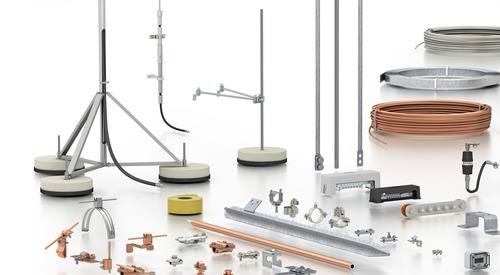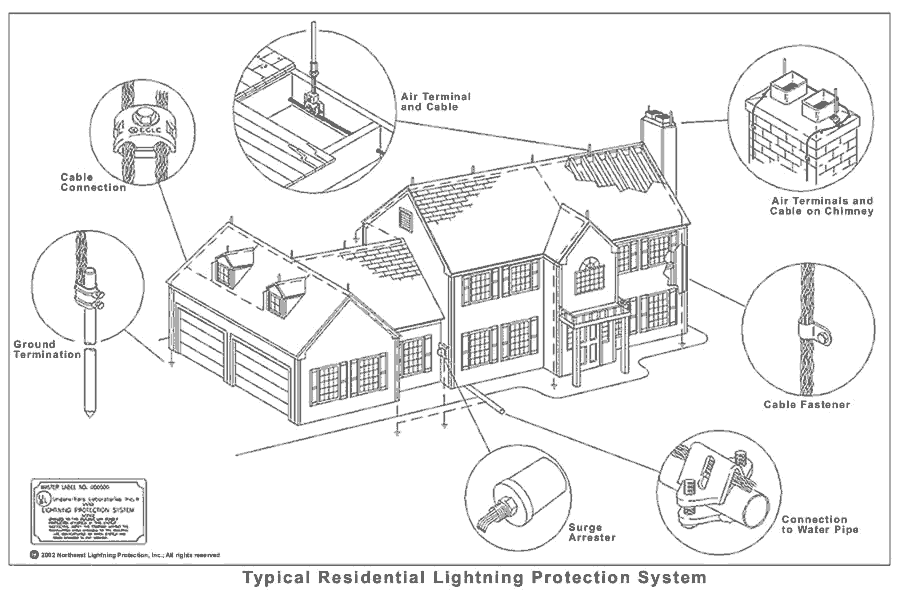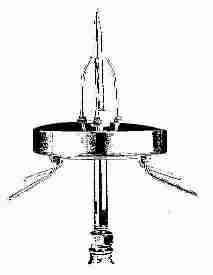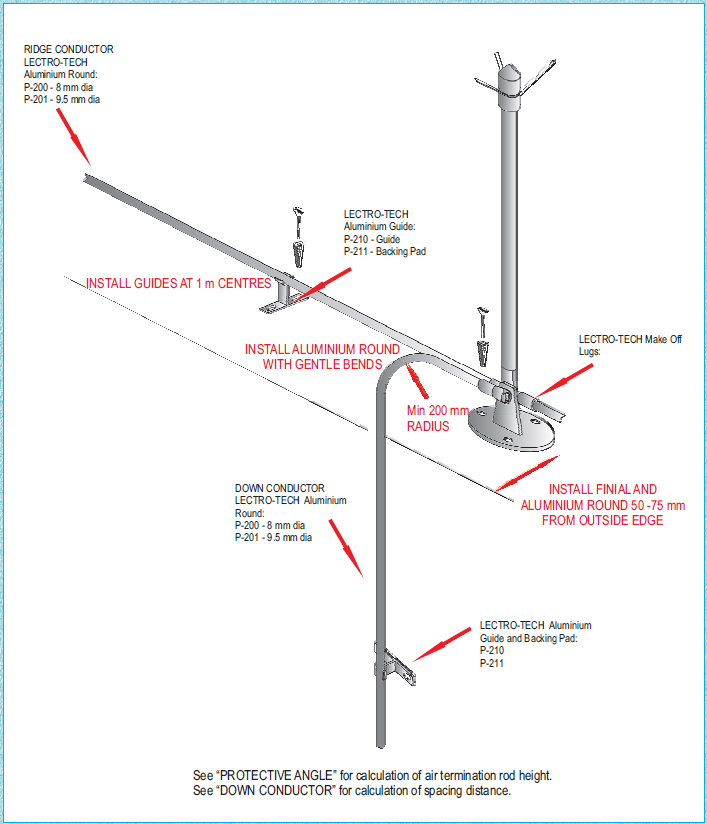

Lighting happens on extreme high ranges to be impacted by the minimal things along with the metal bodies.Ģ). In the generalized scenario, lightning will be attracted by nothing. The disadvantages of lightning arrestor are

This arrester defends the system from switching, lightning, surges, transients voltage & electrical faults. This arrester is mostly used for lightning strikes as well as linked surges. The main function of this arrester is to protect the apparatus from inside The main function of this arrester is to protect the apparatus from the outer surface. The installation of surge arrestors can be done within the panel board. The installation of a lightning arrestor can be done outside of the panel board. The difference between these two includes the following. Difference between Lightning Arrester and Surge Arrester This kind of arrester is not broadly used. Whenever the flow of current is transmitted, then the lead peroxide will be changed reverse to lead oxide. Once the lead oxide is heated up, it turns into lead peroxide and provides the place to flow the current. Lead oxide within the lead peroxide is not powerfully conductive. Some of the gaps among the next cylinders contain a shunt resistance that grabs a surge when there is a surplus of voltage.
#Lightning protection system types series#
In the sequence of cylinders, the primary cylinder is connected toward the electrical line, whereas the remaining cylinders are connected to the ground by series resistance. These types of arresters are designed with a sequence of metal cylinders that are insulated and divided through air gaps with each other. The gap among the horns can be adjusted so that the usual supply voltage is not sufficient to cause an arc. Therefore the choke coil doesn’t permit the transients to go into the apparatus to be protected. The choke coil is used to provide less reactance at the usual power frequency and also provides high reactance at transient frequency.

The resistance restricts the flow of current toward a minute value. One side of the horn can be connected to the line throughout a resistance & choke coil whereas the other side is grounded efficiently. The connection of the horn can be done by connecting it to two dissimilar wires. The metal rods are located on ceramic insulators. The distance between these two rods can be increased because they increase from the gap. The arrangement of these metal rods can be done around a small air gap. The types are Horn Gap ArrestersĪs the name suggests, this arrestor has two metal rods in horn-shaped.

It provides a low resistance pathway to the surges in the direction of the ground. The construction of lightning arrestors is different based on its type but the working principle is the same. Generally, lightning arresters are classified into different types. Further, the current flow toward the ground will be stopped. Once the voltage of the system falls under the fixed value, then the insulation will be restored among the ground & conductor. So it will break down the insulation of the lightning arrestor for a moment, so voltage surge can be discharged toward the ground. Lightning arrestor working principle is, once the voltage surge travels throughout the conductor then it reaches the location of the arrestor where it is installed.


 0 kommentar(er)
0 kommentar(er)
